Renewable Energy Myths Busted
Myth 1: Renewable Energy is Out of Sight, Out of Mind, Costing an Arm and a Leg
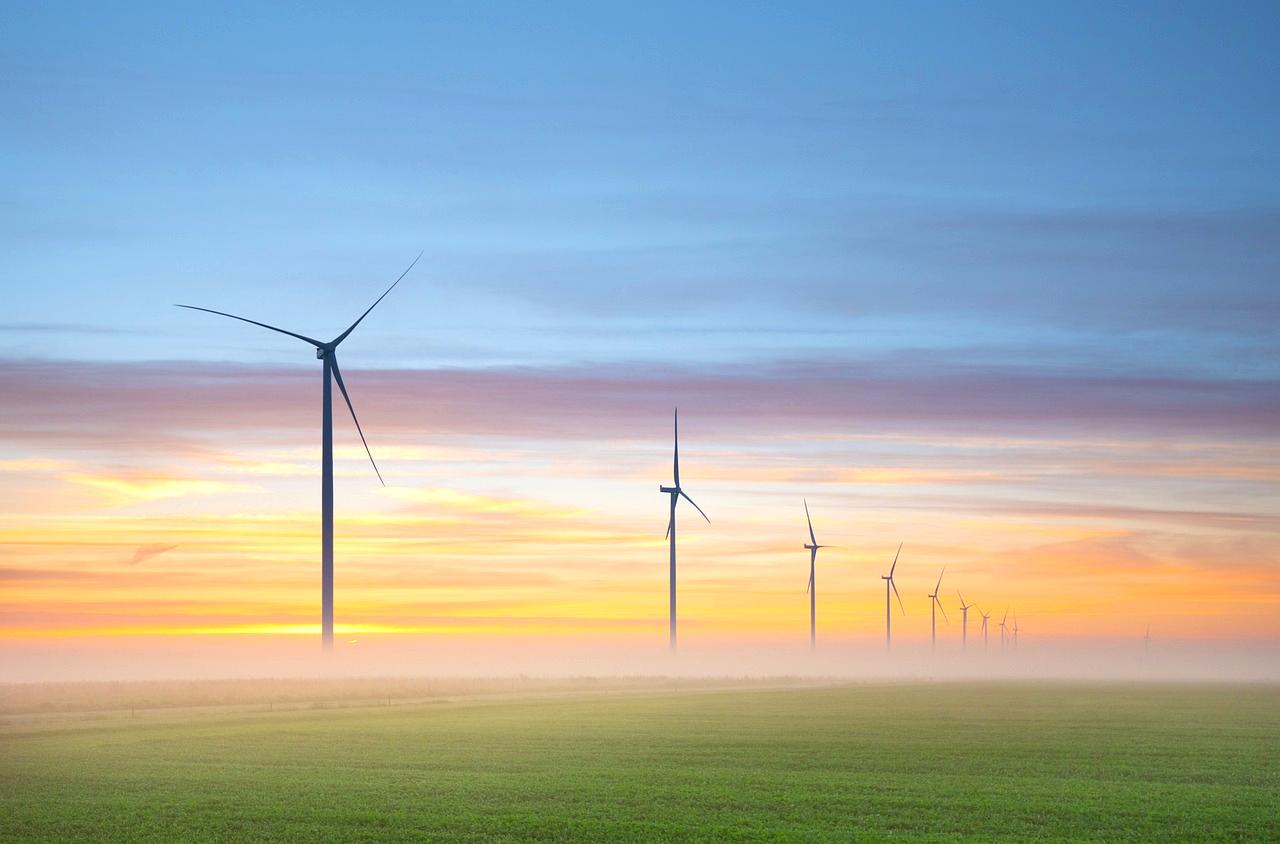
It's a common misconception that renewable energy is prohibitively pricey. However, over the last ten years, the cost of renewable technologies such as solar power and wind power has dropped like a rock. In many cases, particularly in areas with favourable natural resources, renewable energy is now cheaper than traditional fossil fuels when measured on a per-kilowatt-hour basis.
For example, the cost of solar panels has plummeted by more than 80% over the past decade. This means that more home and business owners than ever are making the switch to solar power. Furthermore, wind energy projects are experiencing similar cost reductions.
Reminds us that renewable energy isn't just a sustainable option, but it's also a financially sound one.
Myth 2: Renewable Energy Can't Fulfil Global Energy Requirements
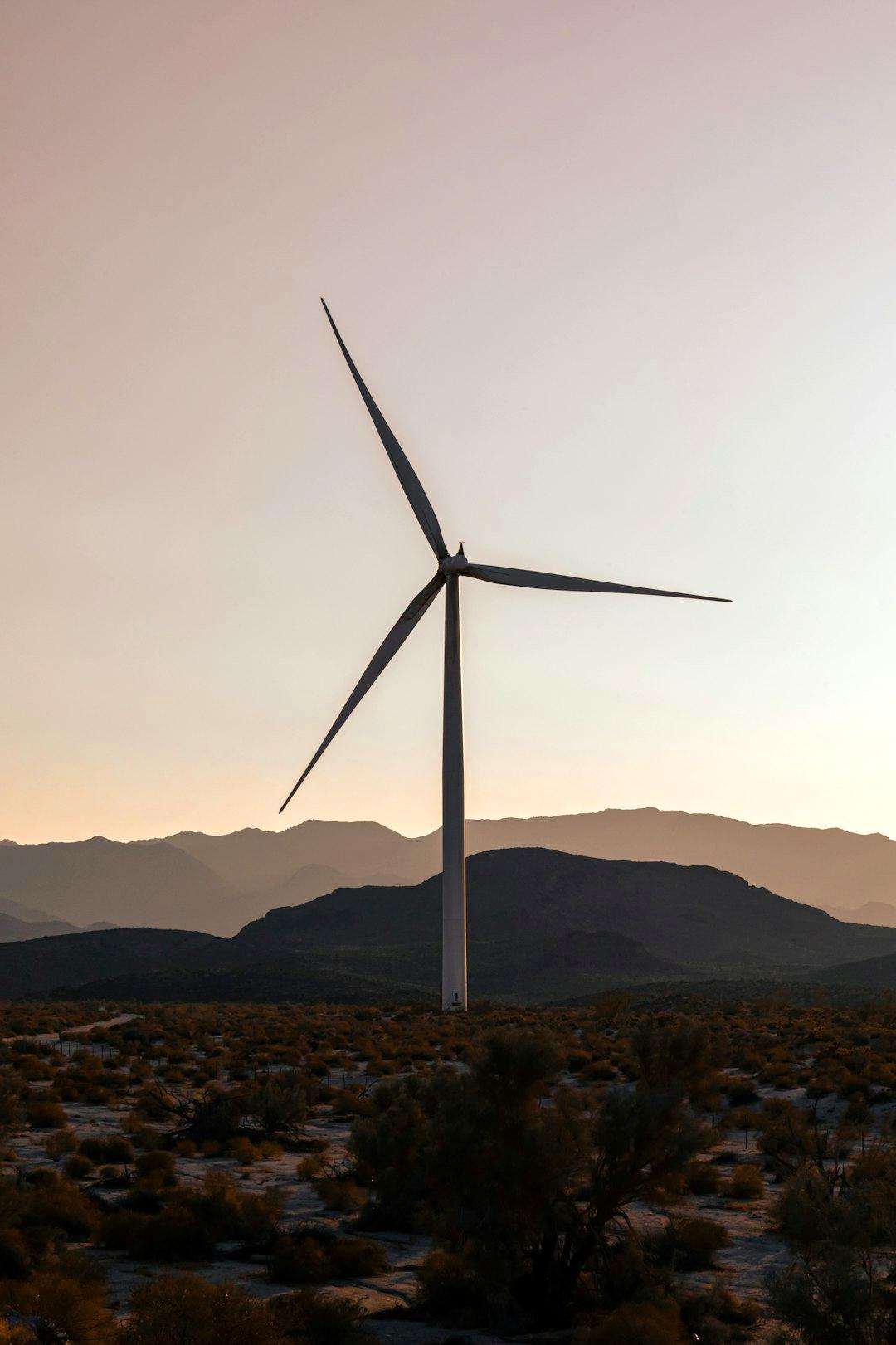
Some naysayers reckon renewable energy can't possibly meet the world's power demands. However, stacks of research suggests this just isn't true. Renewable sources like wind, solar, hydro and geothermal power have got the potential to meet and even exceed the world's energy needs if they've got the supporting infrastructure and storage solutions in place.
Places like Iceland and Norway are good examples of this progress; they're already running mostly on renewable resources. It's a big opportunity worldwide; it's more about making a decision to do it and accessing the right tech than being able to do it.
A 2012 study in Environmental Science & Technology found there were only a few hundred reported cases of bird fatalities due to wind farms out of 10 billion birds.
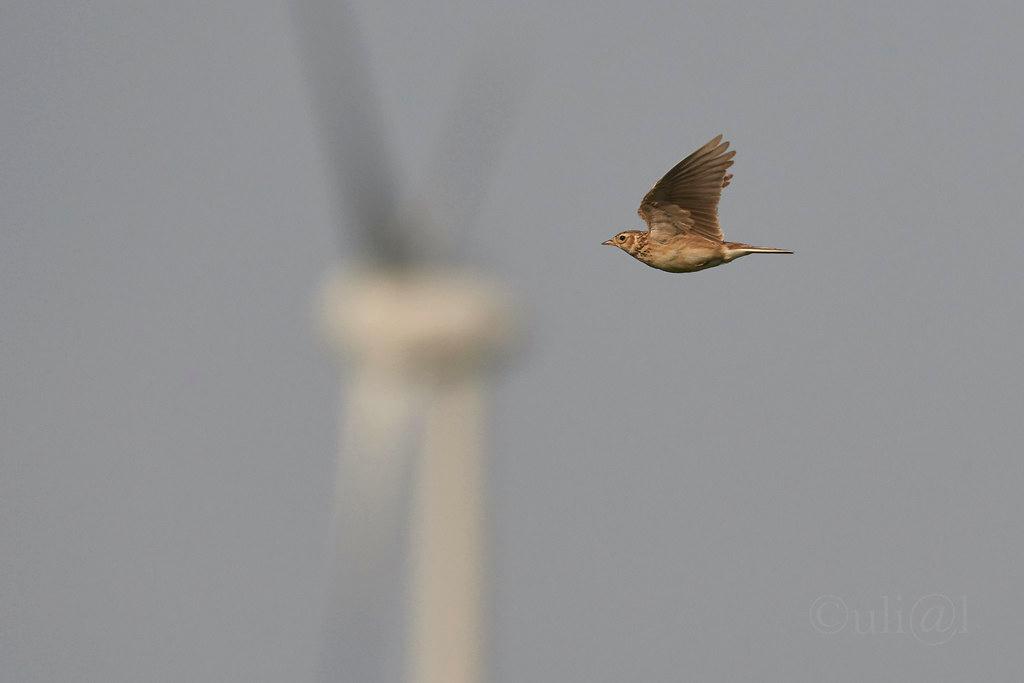
There's a widespread notion that wind turbines are catastrophic for bird populations. It's true that some birds die from running into turbines, but these fatalities are significantly fewer than those caused by fossil fuel plants, windows, or backyard housecats. In fact, buildings and domestic cats are responsible for more than a billion bird deaths each year in the US alone.
Furthermore, advancements in turbine design and placement strategies are actively reducing these impacts. Researchers are continually refining solutions to make wind farms safer for Australian native wildlife.
Myth 4: Solar Panels Don't Function in Cloudy or Chill Regions
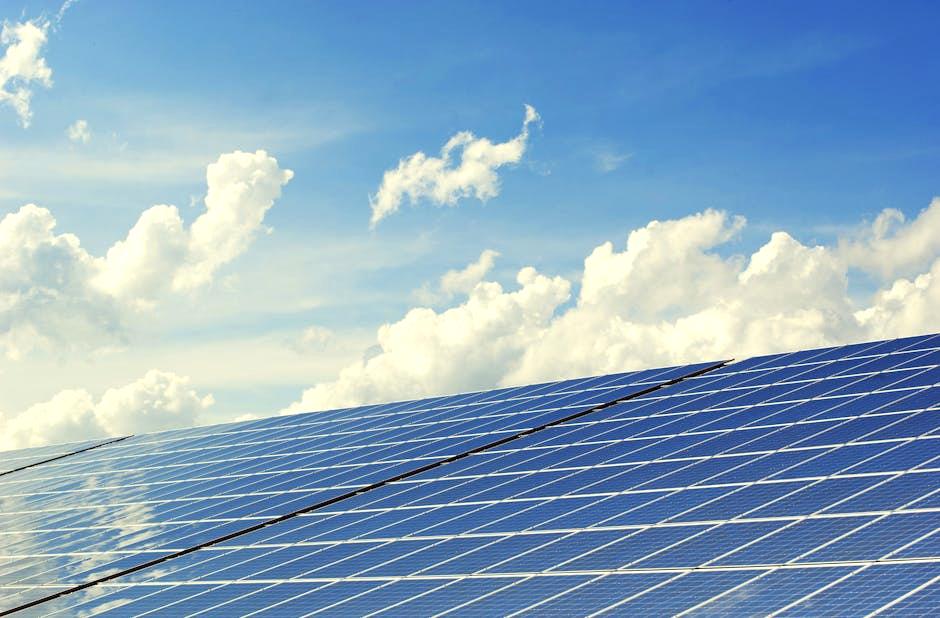
A lot of people think that solar panels work best in sunny, warm countries only. But the truth is, they can perform well in cloudy or cold conditions. For instance, Germany, which is often shrouded in cloud cover, is actually one of the world leaders when it comes to harnessing solar energy.
This is because solar gear picks up light rather than heat to produce energy. Just as well, solar panels can still gather enough sunshine to be effective during the colder months. Consequently, areas that were previously deemed unsuitable for solar energy are now experiencing the benefits of these advancements.
G'day mate, this one's a real ripper of a yarn! The renewables mob reckons the production of renewable energy requires a land area the size of a sheep's paddock to produce the same amount of power as a coal-fired power station. Sounds like a biggie, eh?
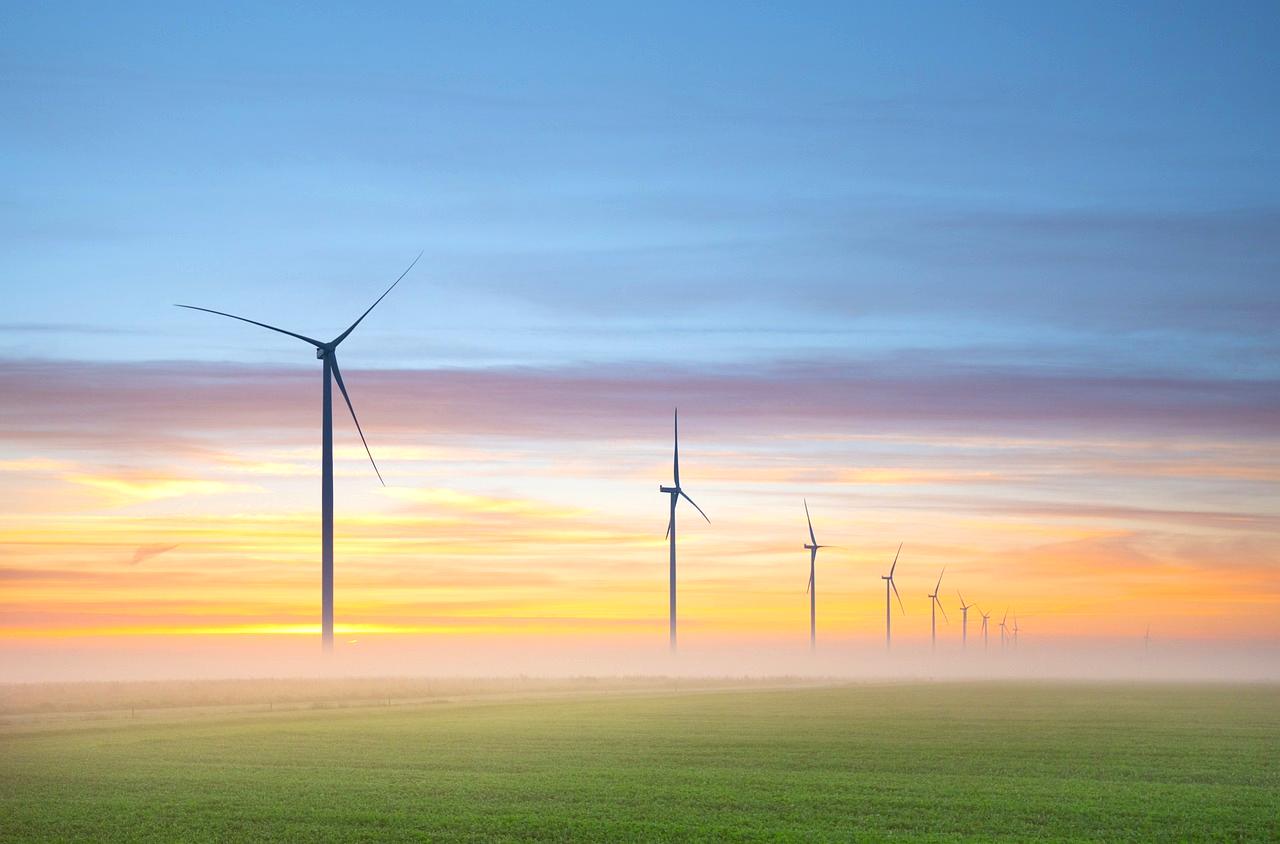
Concerns about land usage are widespread, with many people feelin' that renewables need too much space. However, renewable installations can often share the land with other uses. For instance, agrivoltaics is a practice where solar farms are built into ag activities, allowing for dual land use.
Offshore wind turbines are a brand new way of thinking, making use of ocean space instead of land. When put side by side, it's clear that traditional fossil fuel exploration can be a lot more invasive and covers a bigger area, particularly when you look at the long-term impact on the land.
7. Personal electricity goals take some get to resonate locspace has failing with grid insulated plants until redetermination backs injury energy constant.

The myth that energy storage solutions are unattainable is hampering the perceived viability of renewables. In reality, significant advancements in battery technology, including lithium-ion batteries, have made large-scale storage viable. Furthermore, other strategies like pumped hydro and hydrogen storage are also valuable in storing excess energy for future use.
Innovations in grid technology are crucial for balancing energy supply and demand, providing a stable energy supply, even on days when natural conditions make it harder to generate energy.
Myth 7: Makin' Solar Panels and Wind Turbines Creates More Pollution Than They Save

A few people reckon that churning out solar panels and wind turbines creates a whack of pollution. While setting up the manufacturing process does produce some environmental damage, renewable energy gear soon makes up for it while they're in operation. When up and running, solar panels and wind turbines don't pump out any pollution when generating electricity, which is a big contrast to power plants that run on fossil fuels.
Over time, the emissions saved by shifting to renewable energy sources far outweigh those created during manufacturing.
Myth 8: Swapping to Renewables Will Result in Massive Job Cuts
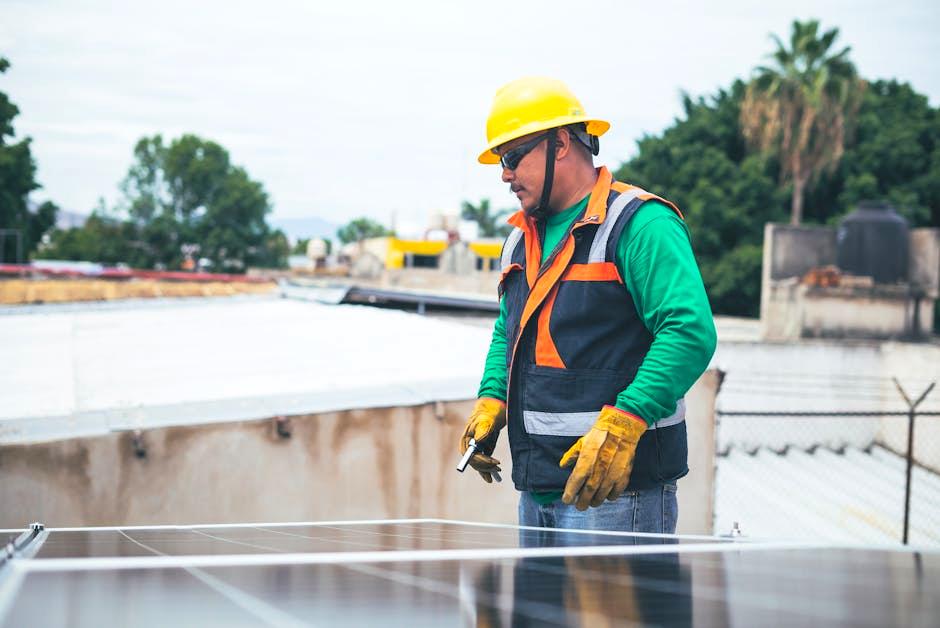
Fair dinkum, jobs axeing is a topic of discussion when shifting away from fossil fuels to renewable energy. But, the renewable energy sector's going gangbusters, churning out millions of jobs globally and outstripping job growth in traditional fuel industries. There's good times to be had right across the renewable energy supply chain, from churning out components to putting in and fixing systems.
The international scale of renewable projects also means jobs and employment opportunities are spreading around the world, driving economic growth in many areas.
Myth 9: Renewable Energy is Dysfunctional

Renewable power sources, such as solar and wind energy, often come in for a fair bit of criticism because of their intermittent nature. While it's true they're not always on the go, this can be managed by combining different types of renewable resources and using storage solutions. The implementation of advanced smart grid technologies and energy forecasting also helps to trim the chances of disruptions in the energy supply.
By incorporating different energy technologies and enhancing our forecasting capabilities, renewables can become a reliable source of energy for the future.
However, it's worth noting that this scenario is far-out, representing the highest possible increase in renewable energy costs. In a lower-cost scenario with 20 per cent more expensive renewable energy, overall costs would drop by $6 a year." Several experts and climate economists have re-looked at this and other studies about the impact of a transition to renewable energy, and have come to the opposite conclusion.
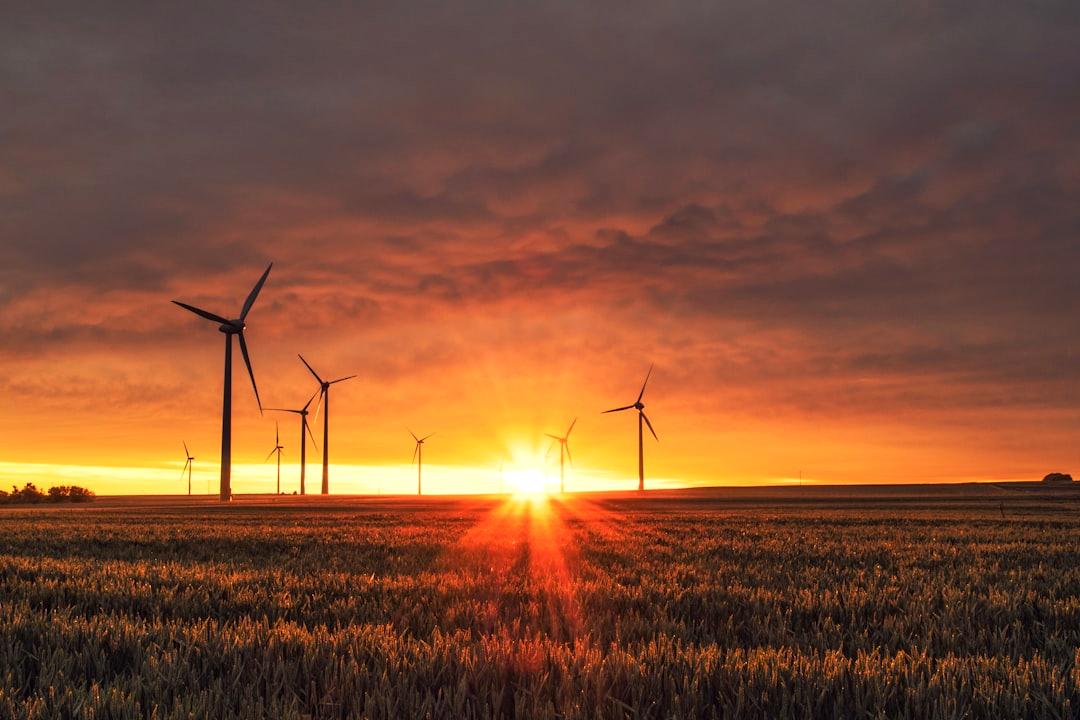
Fully and short of it, there's a generally held belief that throwing a lot of money into renewable energy will do our economy harm. However, countries that are putting their dollars into renewables have noticed not only genuine independence from dirty energy, but also actual economic growth. This growth is largely thanks to job-making, long-term energy-cost savings, and lower healthcare bills as a result of reduced pollution.
The move towards renewable energy opens up economic opportunities while aligning with sustainable goals, showing that economic benefits and looking after the environment aren't at opposite ends of the spectrum.
What are your thoughts on this topic? Share your thoughts in the comments. We're keen to hear from you. Want to hear more stories like this? Keep following us and you'll never miss a thing!
Posting Komentar